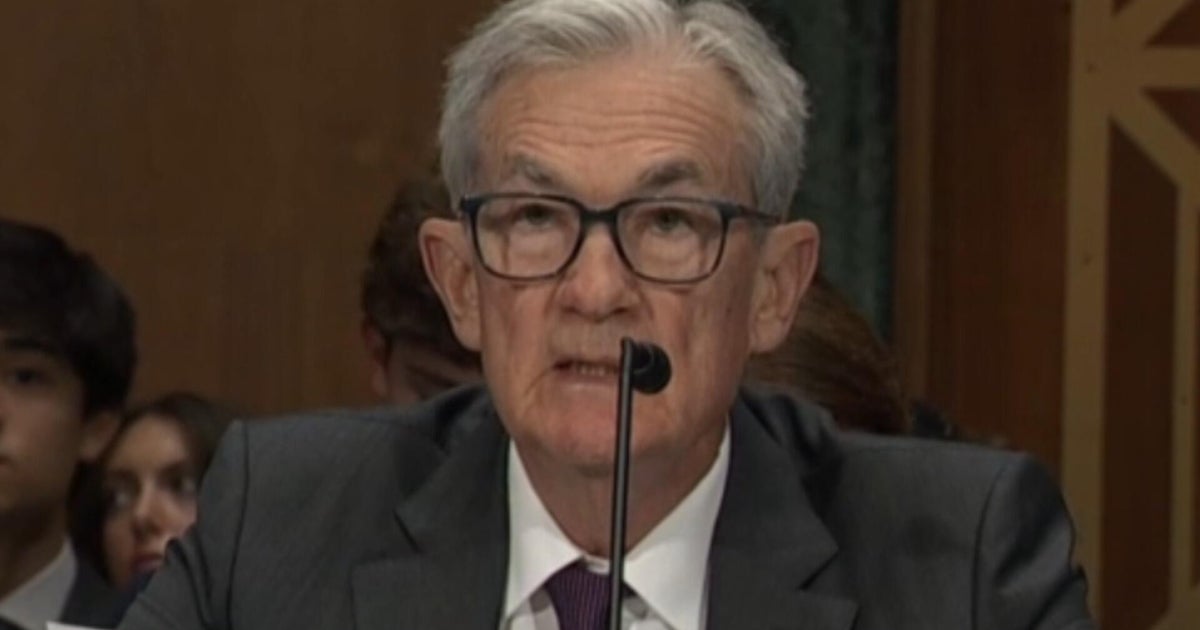Unexpected Rise in May Job Openings Reported

The United States labor market unexpectedly gained momentum in May, with job openings reaching a six-month high, signaling a shift from a “wait-and-see” approach to active expansion by employers. Data from the Bureau of Labor Statistics’ latest Job Openings and Labor Turnover Survey (JOLTS) revealed an estimated 7.77 million available jobs at the end of May, an increase from 7.4 million in April. This rise defied economists’ consensus expectations of a retreat to 7.3 million, marking the second consecutive month of increases in job openings.
This surge indicates that business leaders are now compelled to make short-term decisions regarding workforce expansion. However, experts like Allison Shrivastava from the Indeed Hiring Lab caution that monthly economic data, especially from survey-drawn reports like JOLTS which have experienced weaker response rates, can be quite volatile. Indeed’s own tracked job postings have remained relatively flat, suggesting that the May figures may not necessarily herald a period of sustained economic “blue skies.”
Significant increases in job postings were observed in the accommodation and food services sector, which saw a substantial jump of 314,000 openings, largely in anticipation of the summer travel season after hitting a low point in April. The finance and insurance industry also experienced a considerable upswing in job openings. While overall hiring activity remained largely subdued across most industries in May, the accommodation and food services sector filled open jobs at a pace not seen since the summer of 2023, potentially reflecting an underlying optimism that consumers will continue to spend, particularly in discretionary areas, despite prevailing economic uncertainties.
The US economy has been grappling with considerable uncertainty, influenced by various factors including broad policy shifts from the previous administration, such as heightened tariffs, efforts to reduce immigration, and cuts in federal spending and workers. Increased geopolitical tensions have also contributed to market volatility, consumer apprehension, and a hesitancy in business decision-making. The full impact of these changes, especially concerning immigration, may take time to be fully reflected in labor market data.
The JOLTS report is the first in a series of critical labor market metrics released this week, culminating with the highly anticipated June jobs report. Economists are forecasting a slowdown in job gains for June, with an estimated 115,000 positions added, and an expected rise in the unemployment rate to 4.3% from 4.2%.
Despite the positive movement in job openings, the labor market remains somewhat gridlocked. The hiring rate, as a percentage of total employment, continues to hover near 10-year lows, and the closely monitored “quits rate”—an indicator of employee confidence and future wage growth—stood at 2.1% in May, well below its five-year average. Nevertheless, a silver lining is the consistent low level of layoff activity; layoffs actually fell in May to 1.6 million, remaining below pre-pandemic levels and near record lows since December 2000. This suggests that as “tariff worries fade,” businesses are adopting a more optimistic outlook and are more inclined to bring on new workers, potentially signaling an end to the “white-collar job recession” with increased roles in finance and insurance firms.











